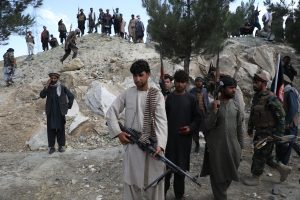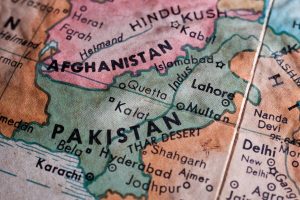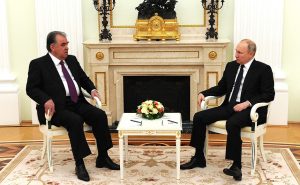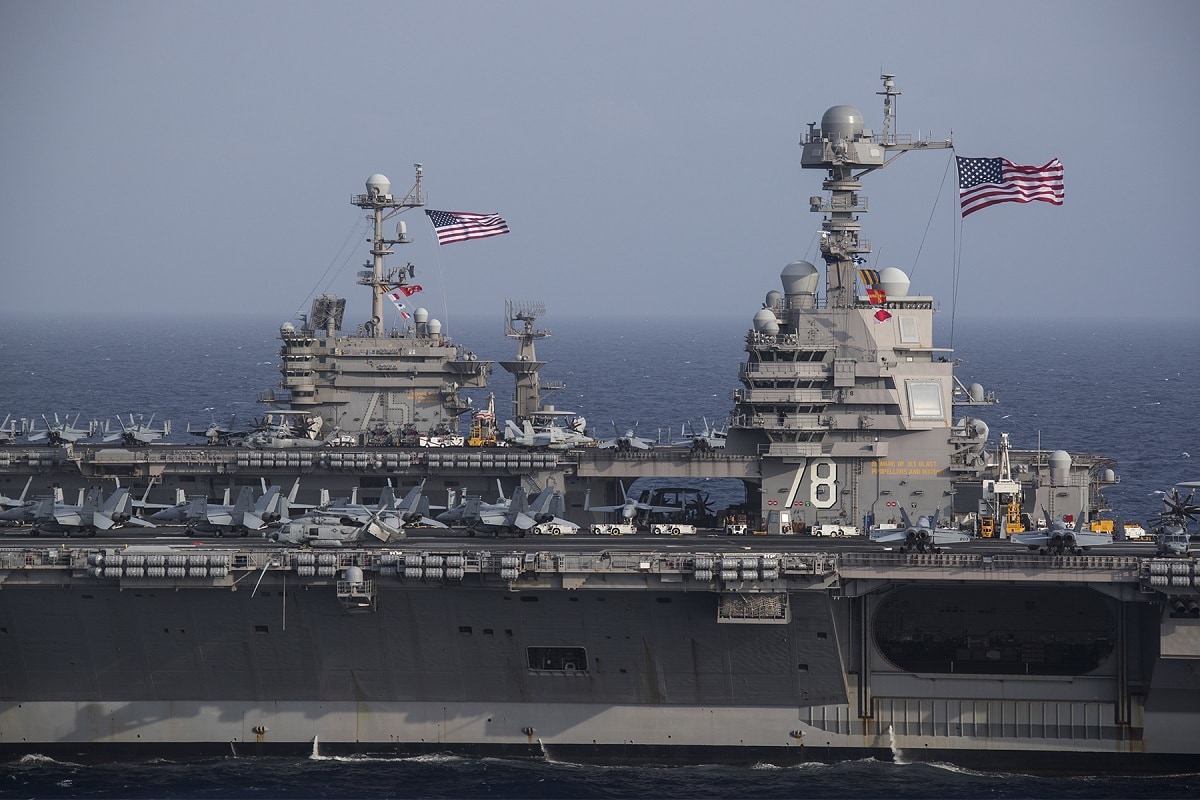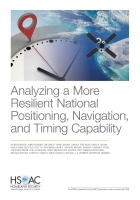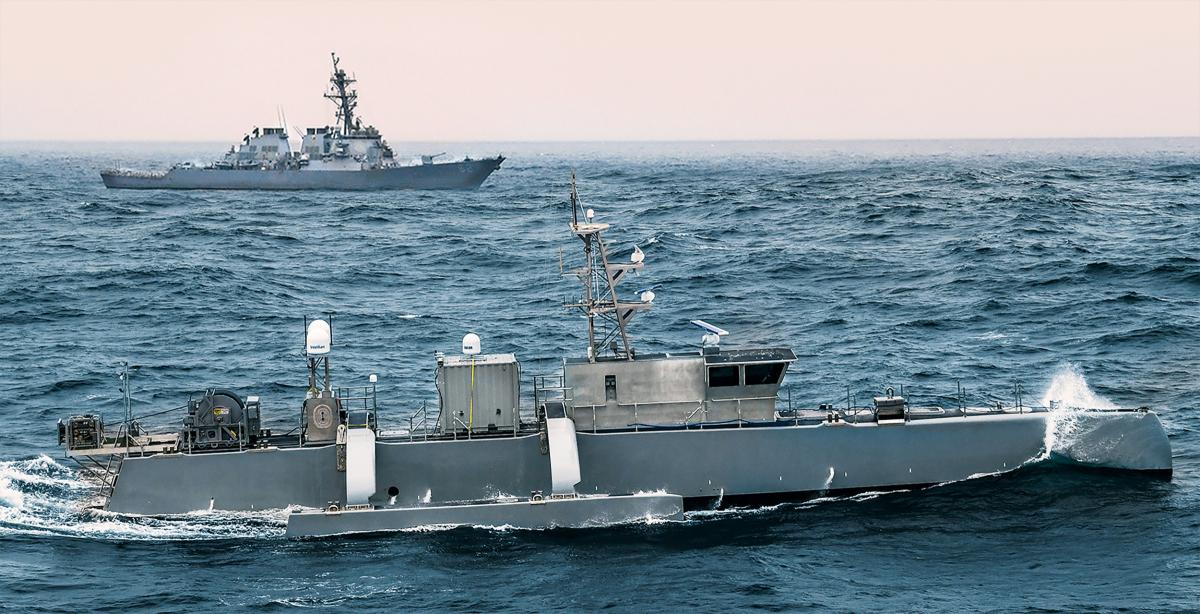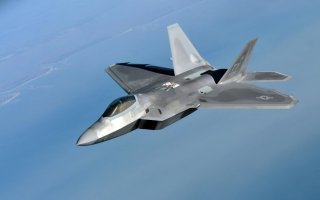Key Point: To pave the way for the invasion, Soviet advisers with the Afghan Army tricked their clients into incapacitating themselves.
In late 1979, the Democratic Republic of Afghanistan was torn apart by a civil war pitting the weak Communist government of Hafizullah Amin against several moderate and fundamentalist Muslim rebel armies. The war had been brought about by Amin’s incompetence and corruption, his vicious program of political repression, the massacre of entire village populations, and a ham-handed agrarian “reform” program that disenfranchised tribal leaders. Fearing that Amin would be defeated and replaced by a government of Muslim fundamentalists or—even worse—pro-American intellectuals, the Soviet Union launched an invasion on Christmas Eve aimed at removing Amin and replacing him with a more reliable strongman.
To pave the way for the invasion, Soviet advisers with the Afghan Army tricked their clients into incapacitating themselves. In one case, the Soviets told an Afghan armored unit that new tanks were about to be delivered but that, due to shortages, the gas in the old tanks would have to be siphoned out. The Afghans obligingly siphoned gas out of their tanks, rendering them useless. In another instance, Soviet advisers told an Afghan unit to turn over all their ammunition for inspection, something that likewise was done without question.


